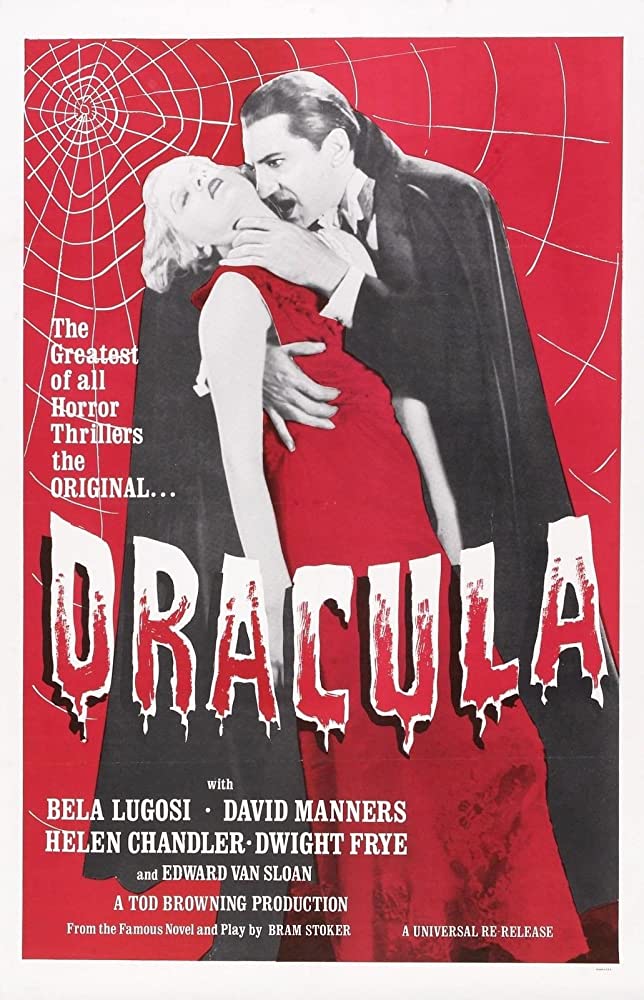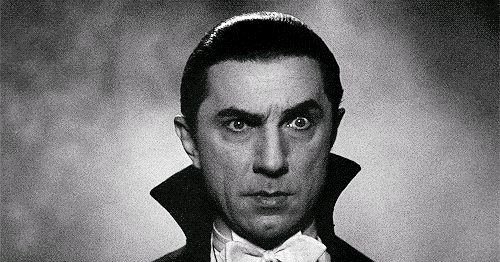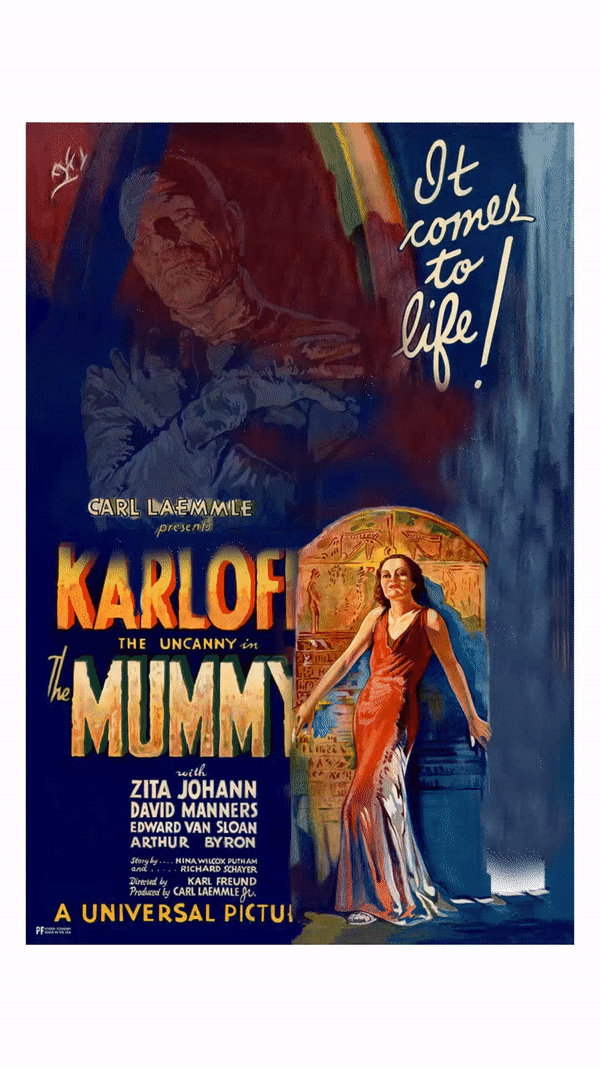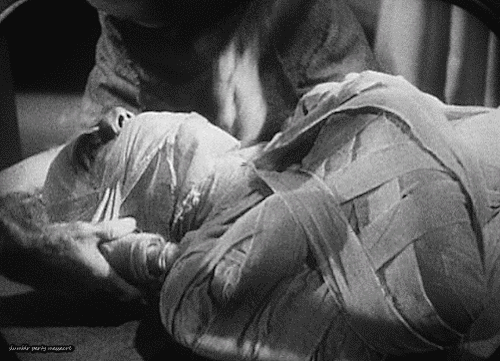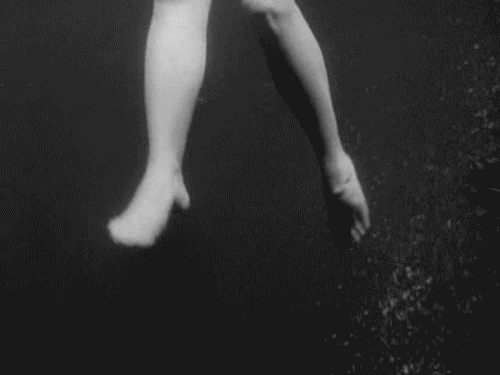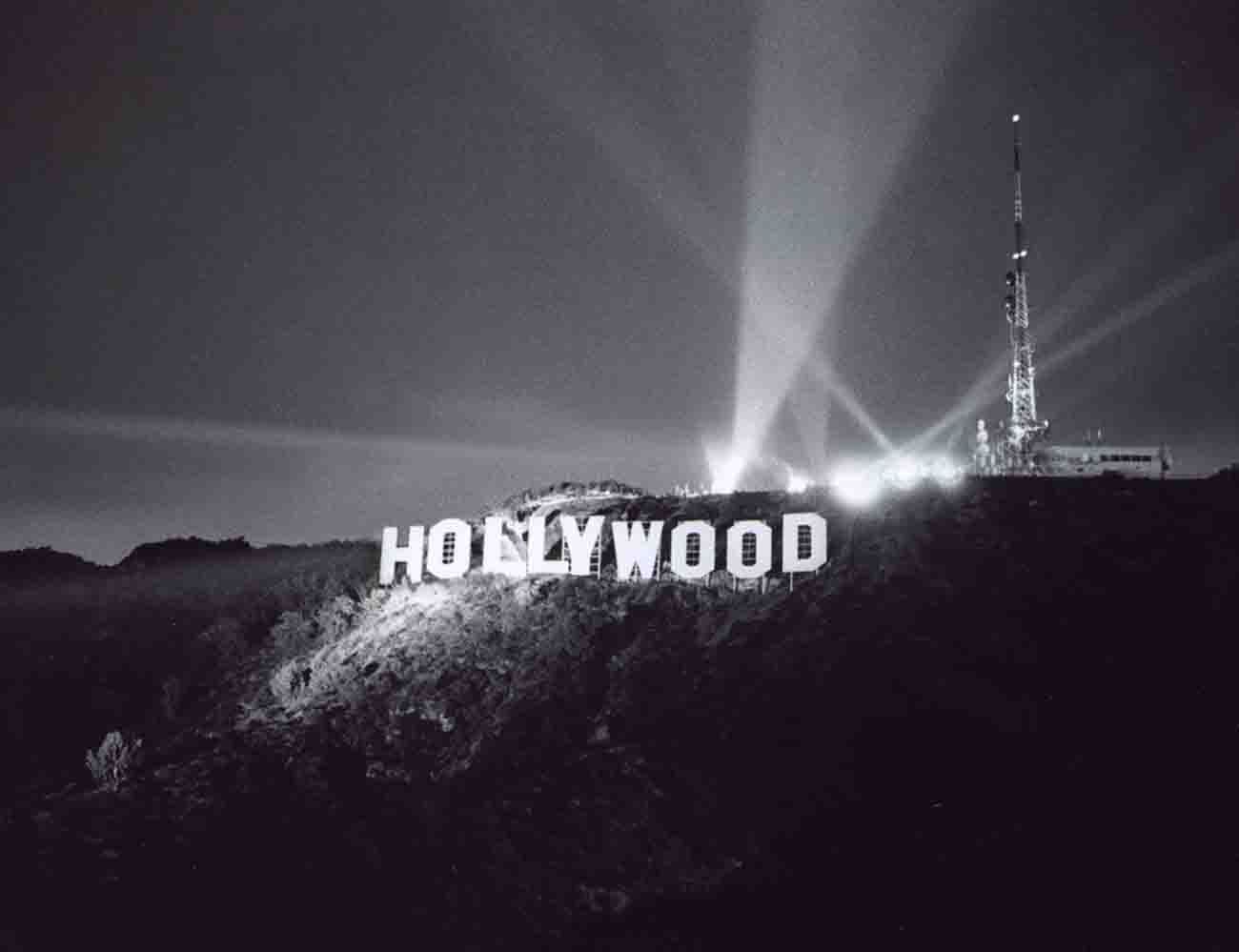

For four decades, no movie studio was more synonymous with horror than Universal. Its string of successful “creature features” especially such heavyweights as Dracula, Frankenstein, The Mummy, The Wolf Man, and Creature from the Black Lagoon established Universal as “the house of horror,” a dependable source of ghoulish and ghostly fun. Inspired by the opening of Tutankhamun's tomb in 1922 and the Curse of the Pharaohs, producer Carl Laemmle Jr. commissioned story editor Richard Shayer to find a literary novel to form a basis for an Egyptian-themed horror film, just as Dracula and Frankenstein informed their previous hits. Shayer found none although the plot bears a strong resemblance to a short story by Arthur Conan Doyle entitled 'The Ring of Thoth'. Shayer and writer Nina Wilcox Putnam learned about Alessandro Cagliostro and wrote a nine-page treatment entitled Cagliostro.

